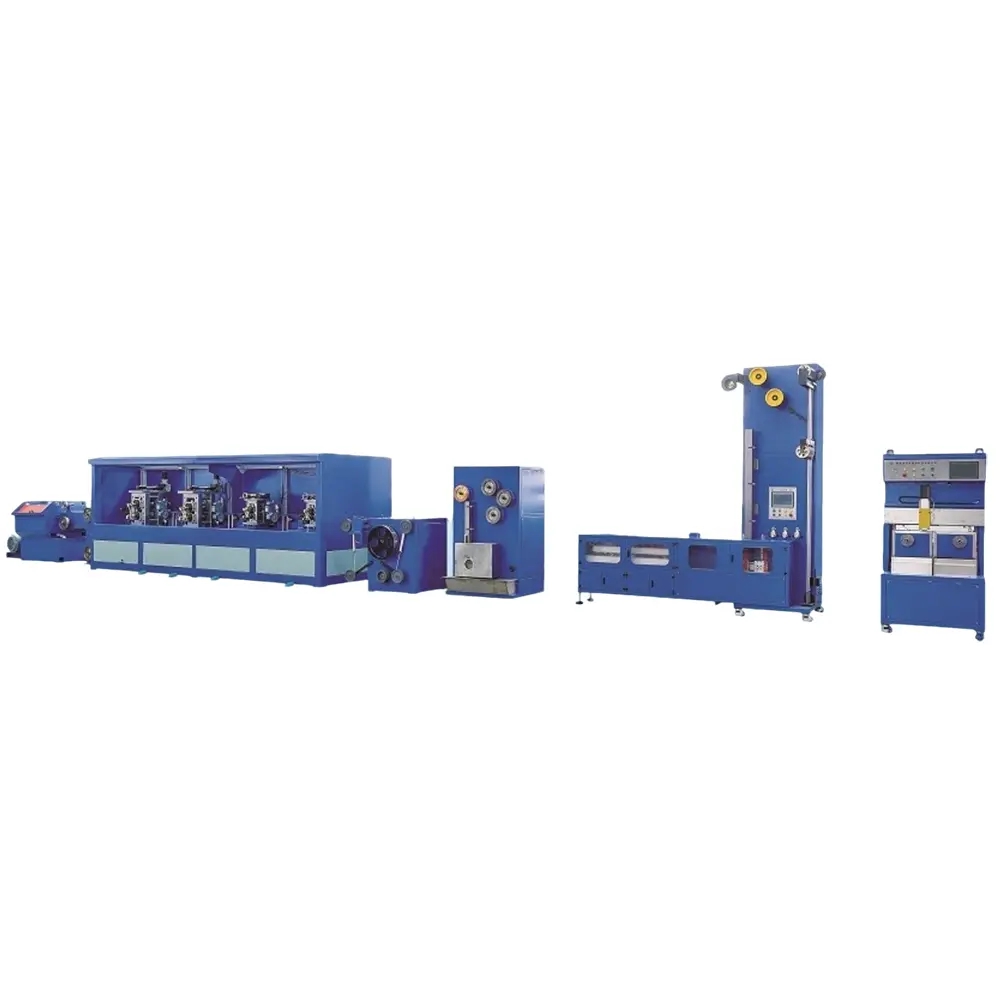- English
- Español
- Português
- русский
- Français
- 日本語
- Deutsch
- tiếng Việt
- Italiano
- Nederlands
- ภาษาไทย
- Polski
- 한국어
- Svenska
- magyar
- Malay
- বাংলা ভাষার
- Dansk
- Suomi
- हिन्दी
- Pilipino
- Türkçe
- Gaeilge
- العربية
- Indonesia
- Norsk
- تمل
- český
- ελληνικά
- український
- Javanese
- فارسی
- தமிழ்
- తెలుగు
- नेपाली
- Burmese
- български
- ລາວ
- Latine
- Қазақша
- Euskal
- Azərbaycan
- Slovenský jazyk
- Македонски
- Lietuvos
- Eesti Keel
- Română
- Slovenski
- मराठी
- Srpski језик
- Esperanto
- Afrikaans
- Català
- שפה עברית
- Cymraeg
- Galego
- Latviešu
- icelandic
- ייִדיש
- беларускі
- Hrvatski
- Kreyòl ayisyen
- Shqiptar
- Malti
- lugha ya Kiswahili
- አማርኛ
- Bosanski
- Frysk
- ភាសាខ្មែរ
- ქართული
- ગુજરાતી
- Hausa
- Кыргыз тили
- ಕನ್ನಡ
- Corsa
- Kurdî
- മലയാളം
- Maori
- Монгол хэл
- Hmong
- IsiXhosa
- Zulu
- Yoruba
- অসমীয়া
- ଓଡିଆ
- Punjabi
- پښتو
- Chichewa
- Samoa
- Sesotho
- සිංහල
- Gàidhlig
- Cebuano
- Somali
- Тоҷикӣ
- O'zbek
- Hawaiian
- سنڌي
- Shinra
- Հայերեն
- Igbo
- Sundanese
- Lëtzebuergesch
- Malagasy
How to choose a suitable photovoltaic welding strip rolling mill?
2025-09-17
Choosing a suitable photovoltaic welding strip rolling mill requires comprehensive consideration of multiple factors such as production demand, equipment performance, quality control, and cost. The following are specific selection points:
1.Production capacity and speed: Select rolling mills with corresponding production capacity and speed according to the production scale and output requirements of the enterprise. Generally speaking, a rolling mill with a rated speed of 150-200mm/min can meet most conventional production needs. If the enterprise has a large production scale and high production requirements, a high-speed rolling mill with a maximum speed of 250m/min can be considered.

2.Accuracy requirement: The dimensional accuracy of photovoltaic ribbon has a significant impact on the performance of photovoltaic modules. To choose a rolling mill with a high-precision control system, ensure that the thickness accuracy of the welding strip can reach within 0.005mm and the width tolerance can reach within 0.005mm, in order to ensure the consistency and reliability of the welding strip.
3.Material compatibility: Photovoltaic welding strips made of different materials, such as copper strips, tin plated copper strips, etc., have different adaptability to rolling mills. According to the material of the produced welding strip, a rolling mill that can handle the material well should be selected to ensure good compatibility between the rolling mill rolls and materials, and to avoid material damage or equipment wear during the rolling process.
4.Automation level: A highly automated rolling mill can improve production efficiency and product quality, reducing manual intervention. It is possible to choose a rolling mill with functions such as automatic shutdown, semi-automatic disc change upon arrival, and wire breakage protection braking. At the same time, consideration should be given to whether the rolling mill supports compatibility with information management systems such as MES systems to achieve intelligent management of the production process.
5.Equipment stability and reliability: The stability and reliability of the rolling mill directly affect the continuity of production and product quality. To choose a rolling mill with a sturdy mechanical structure, high-quality components, and a good electrical control system, ensure that the equipment can maintain stable performance during long-term operation and reduce the probability of failure.
6.Maintenance and operating costs: It is necessary to consider the convenience of maintenance and operating costs of the rolling mill. For example, whether the components of the equipment are easy to replace and repair, whether the maintenance cycle is long, and the energy consumption and consumables consumption of the equipment. Choosing a rolling mill with low maintenance costs and low energy consumption can reduce the long-term operating costs of the enterprise.
7.Technical support and after-sales service: High quality technical support and after-sales service can promptly solve problems that arise during the use of equipment, ensuring smooth production. When choosing a rolling mill, it is important to understand the technical strength and after-sales service level of the equipment supplier, including whether they provide timely technical consultation, maintenance services, and training.
8.Cost effectiveness: Conduct a cost-benefit analysis by comprehensively considering the initial investment cost and long-term operating cost of the equipment, while meeting production needs and quality requirements. You can compare the prices, performance, and service life of different manufacturers and models of rolling mills, and choose equipment with high cost-effectiveness.



